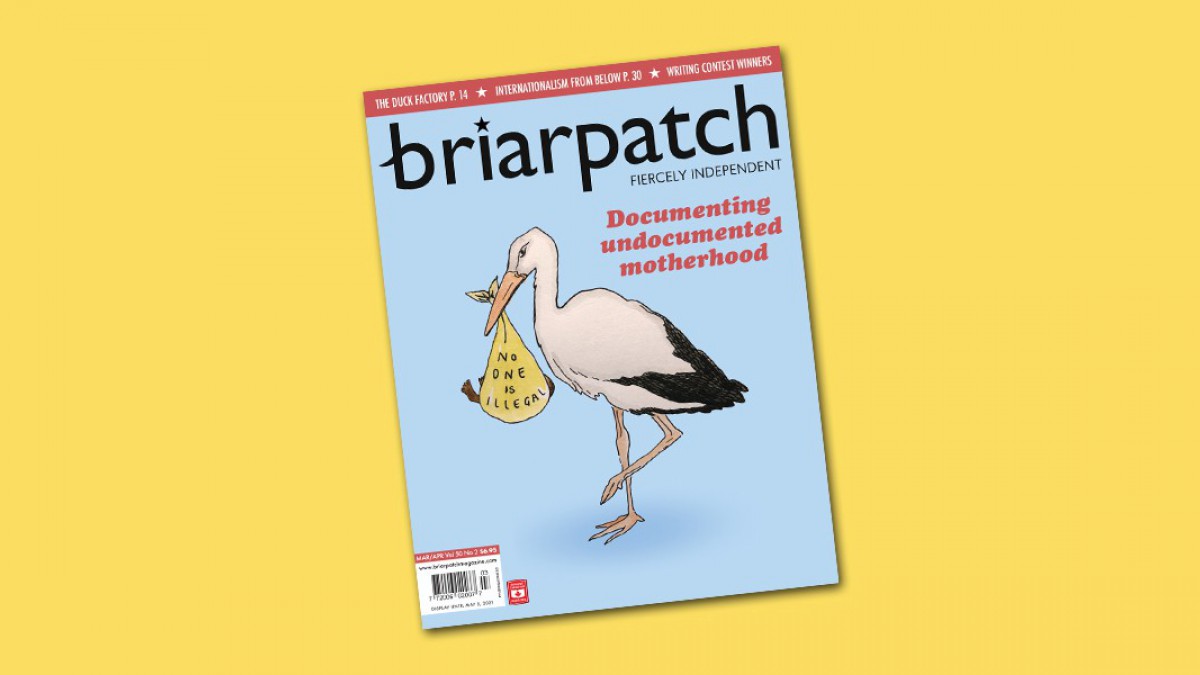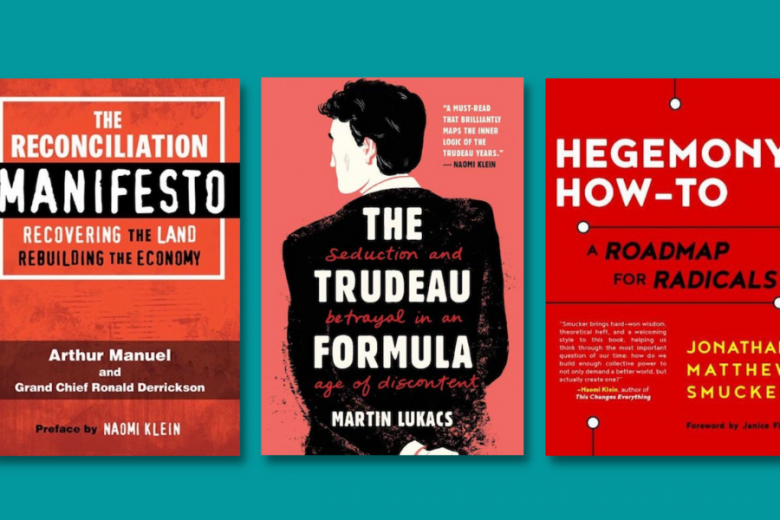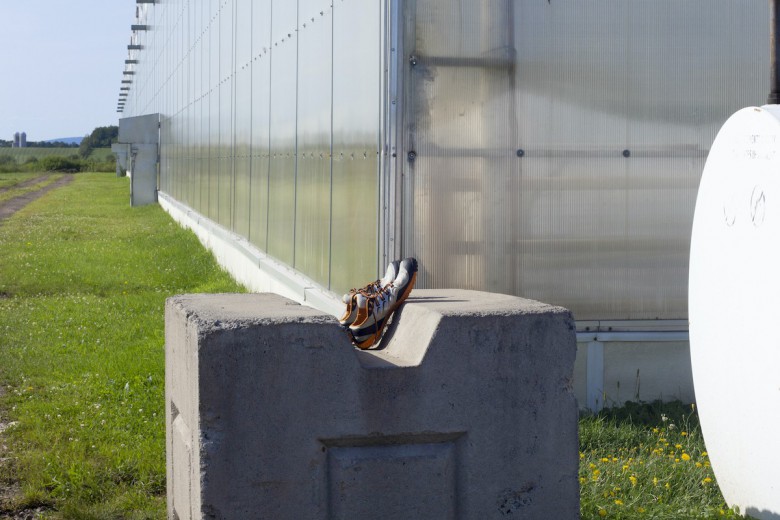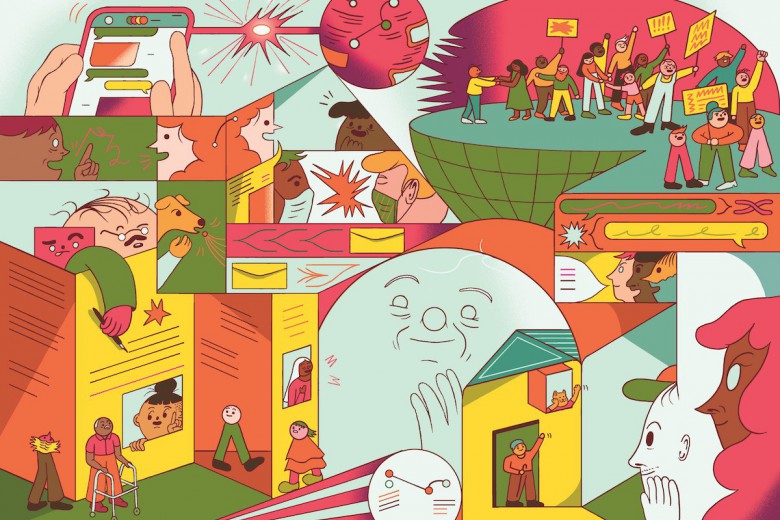Anyone who knows me knows that I have a hard time writing my letter from the editor. I complain bitterly about it to all my friends, put it off until the last minute, and then write it in a panicked sprint. (My deepest apologies to Briarpatch’s patient proofreader, Kim, who has received many proofs with a blank page 2.) The truth is, I feel overwhelmed; it’s such a tall order to write something that can bind together the many different topics in an issue. In this issue alone, articles address the fallout of the Vietnam war, Land Back direct action, predatory charity dynamics, Black motherhood, internationalism from below, Indigenous jurisdiction, and Métis history.
Looking for a way to write about linking up leftist ideas, I came across a 2011 profile of the late civil rights leader and radical intellectual Ella Baker, written by historian Barbara Ransby for In These Times. Ransby calls Baker “a political quilter,” someone who “tenaciously stitched together fragments of a progressive community into a patchwork of a movement.” She explains: “[Baker] pushed educated college students to see illiterate sharecroppers as ’their people,’ their allies and their political mentors. She pushed Northerners to embrace Southerners in principled solidarity. She organized back and forth across various color and cultural lines, and most importantly, across generational divides. ... She did not advocate forging coalitions of convenience: short-lived and limited. Instead, she wanted to create a movement and nurture the kind of long-term relationships that would sustain it.”
"She organized back and forth across various color and cultural lines, and most importantly, across generational divides."
At its best, Briarpatch does just this – stitching together the fragments of a progressive community across so-called Canada. When I choose articles to publish, I look for a clear thread of structural and class analysis, and a reckoning with issues of race, gender, sexuality, and disability. By publishing leftists’ demands and visions next to each other, I hope readers can see where they overlap, where they are distinct from each other, and where they influence one another. Thankfully, the articles in this issue have made my work easy.
In Ella Hartsoe’s article, “Land Back beyond borders,” Hartsoe explores the little-discussed connection between Indigenous sovereignty and migrant justice. When we talk about Indigenous sovereignty, we’re typically talking about Indigenous Peoples’ right to stay on their ancestral territory and to govern themselves and the land as they see fit – fighting against colonial land theft, resource extraction, and climate change-induced migration. When we talk about migrant justice, we’re often talking about migrants’ right to move – fighting against borders, policing, and exploitation. Quilting these movements together shows that their demands are part of the same whole – as migrant justice organizers have put it, “freedom to move, freedom to return, freedom to stay.”
“[A] world without police, prisons, private property, militaries, and borders is a necessarily interconnected abolitionist horizon of freedom.”
The cover story of this issue – Queen's baby book for her son – tells a story of Black motherhood, joy, disability, migration, and economic exploitation. When we talk about Black liberation, we often talk primarily about abolishing police and prisons. But Queen’s story makes clear that exploitative migrant worker programs enforce anti-Blackness in similar ways, and that Black liberation includes status for all. As Angela Davis and Gina Dent have observed, “We continue to find that the prison is itself a border.” Harsha Walia expands: “[A] world without police, prisons, private property, militaries, and borders is a necessarily interconnected abolitionist horizon of freedom.”
I won’t lay bare the links between every article in this issue – I don’t want to ruin your fun – but I hope this issue helps you think about how communities of activists are imbricated, the edges of their work overlapped, to sew together a powerful movement for collective liberation.






